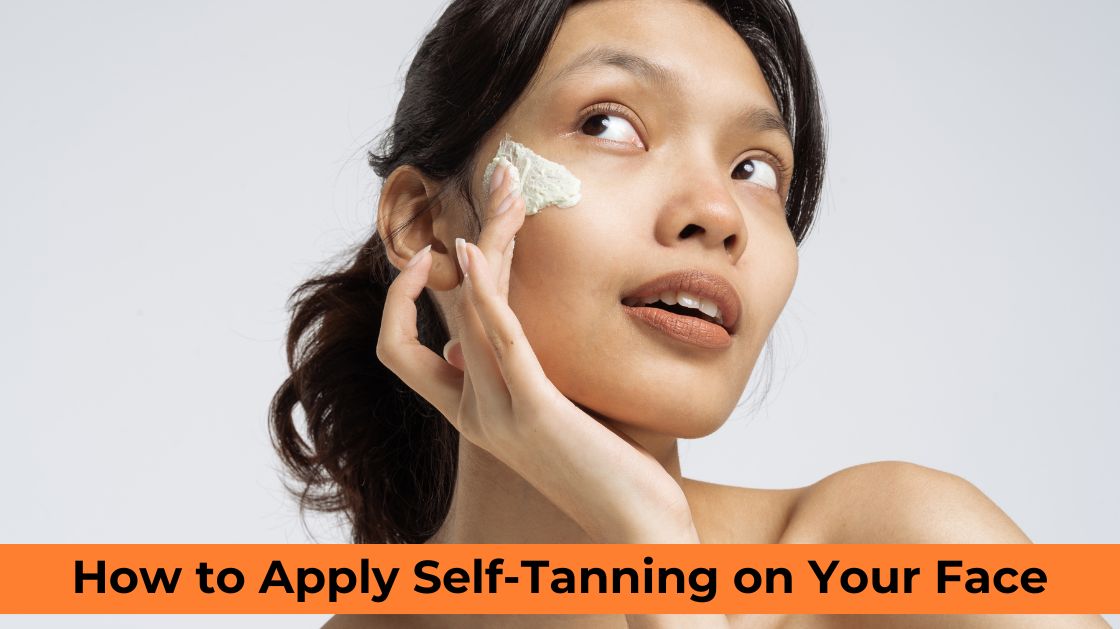Greetings to all skin lovers! If you are wondering about how long does it take to get a tan for a luminous glow, you’re at the right place. Tanning is a complex activity that differs from person to person based on factors such as skin type, UV radiation, and the time of day.
Here, we share all aspects of tanning time, including externality factors, detailing a formula that can be used to determine your tanning time and additional information that will help you tan safely and optimally. Whether you’re planning a holiday at the beach or simply dreaming of getting a healthy glow, there is plenty of advice and information on the topic here.
Let’s start with the introduction of tanning.
Tanning makes your skin brown by coming into contact with ultraviolet or UV radiation from the sun or tanning beds. They are known to cause skin darker substances or melanin to be produced to change skin, hair and eye colour. When more melanin is produced, your skin gets darker and when less melanin is produced, your skin colour becomes lighter. Everyone enjoys nice-looking bronze skin with a tanned tone, but it is important to ensure that tans properly to avoid excessive exposure to the skin and other complications.
How Long Does It Take to Get a Tan
Factors Affecting Tanning Time
Skin Type
Your skin type is the most significant factor determining the tanning time. A scale commonly used by most dermatologists is the Fitzpatrick scale, which is rated from skin type I (very fair skin that tends to burn easily) to skin type VI (very dark skin that is hard to burn). The fair-skinned will stay longer and burn easily, whereas the dark-skinned will tan more quickly and won’t burn easily.
UV Exposure
Ultraviolet radiation is not steady and varies with the time of day. UV Exposure depends on geographical zones, latitude, longitude, altitude, and climate. UV index is a measure that indicates the intensity of ultraviolet rays at a given location and at some specific time. UV index directly correlates to the intensity of the UV rays, which can naturally tan the skin but also harm it.
Sunscreen Use
Sunscreen protects the skin from exposure to ultraviolet radiation and affects the time allocated for tanning. Some people believe that they can eliminate sunscreen if they want to get a beautiful and long-lasting tan. However, sunscreen does not interfere with tanning; it simply protects the skin from burning and damage. When purchasing sunscreen, ensure it is a broad-spectrum sunscreen with an SPF of 30 or higher, and apply it every two hours or when sweating.
Calculating Your Tanning Time
Estimated time to measure how long does it take to get a tan? You can use a simple formula:

Tanning Time = Desired Shade / (UV Index x Skin Type Factor)
Where:
- Desired Shade is the level of tan you want to achieve. It normally has a scale of 1-10, with 1 being the least tan or near white and 10 being the darkest possible tan.
- UV Index is the UV radiation level at your location.
- Skin Type Factor is based on the Fitzpatrick scale:
- Type I (4)
- Type II (3)
- Type III (2)
- Type IV (1. 5)
- Type V (1)
- Type VI (0. 5)
For example, if you have Type III skin, the UV index is 5, and you want to achieve a medium tan (shade 5):
Tanning Time = 5/30 = 0. 5 hours or half an hour.
30 minutes generally refers to the total exposure time required to achieve the desired tan. If you need to tan both sides of your body, divide this time evenly, allowing 15 minutes for each side.
Note: This formula gives you an estimated time, not the exact time. It varies from time to time due to environmental factors, including weather conditions and water and sand in the atmosphere.
Best Practices for Safe Tanning
- Use Sunscreen: Use sunscreen with at least SPF 30, which gives your skin broad-spectrum protection.
- Stay Hydrated: Drinking a lot of water is important to ensure healthy skin.
- Avoid Peak Sun Hours: Avoid direct sunlight during the middle of the day when the sun is high in the sky, from 10 a.m. through 4 p.m.
- Wear Protective Gear: Wear hats, sunglasses, and cover-ups to protect areas that may be affected easily.
- Gradual Exposure: You should begin with short tanning sessions and gradually increase your time in the sun.
Monitoring Your Tan
It is very important to take precautions regarding the skin during tanning. Watch out for symptoms such as redness, burning, or peeling, which indicate overexposure to the skin. If you see any of these symptoms, you should get out of the sun and apply cool aloe vera or whatever lotion can heal your skin.
Conclusion
It is important to invest time and effort to attain smooth, bronzed, and glowing skin. Therefore, it is necessary to take the following measures to ensure that you spend the correct amount of time in the tanning process. While doing this, always adhere to safety measures to ensure your skin is not damaged. It’s very important to check your skin for these signs when exposed too much to tanning and make necessary changes.
So now you know the answer to your question: How long does it take to get a tan? It varies based on individual factors. However, with careful planning and attention to safety, you can achieve your desired luminous glow.













